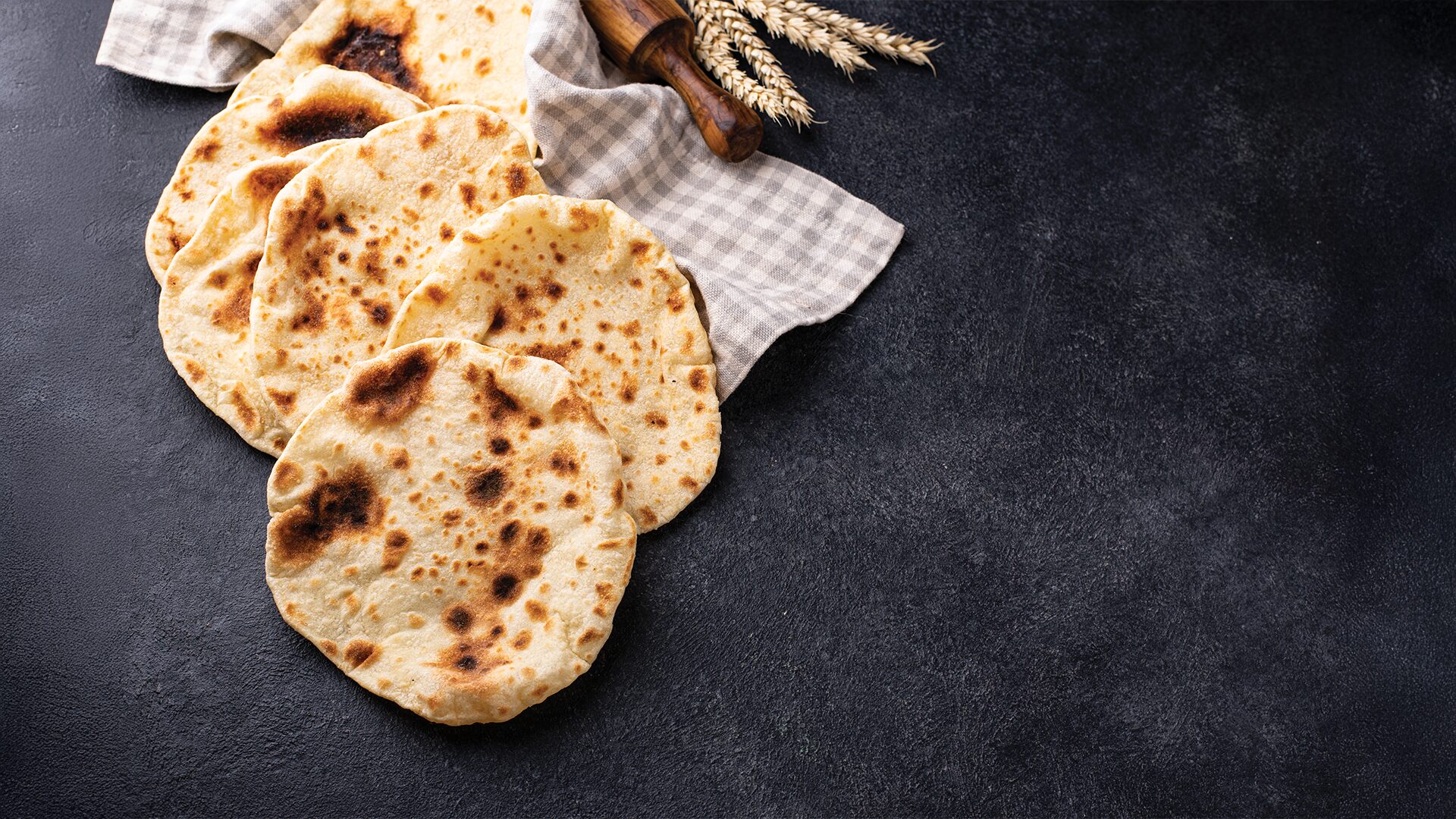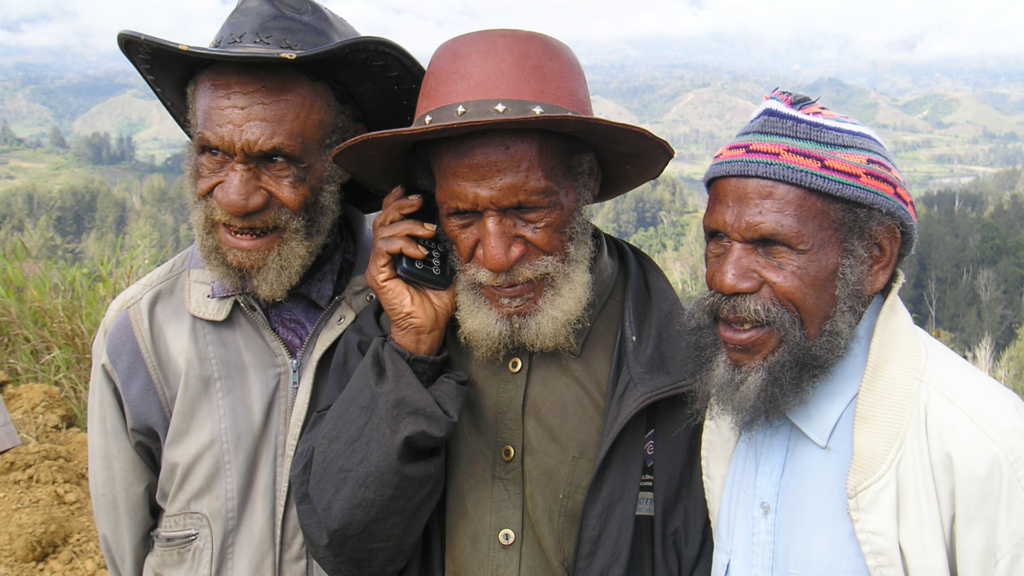The Lord’s Supper holds deep spiritual significance in the Seventh-day Adventist Church. One of the central elements of the ordinance is the bread, representing Christ’s body. However, with the rise of gluten intolerance and coeliac disease, questions have emerged regarding the appropriateness of using gluten-free bread in the communion service.
Biblical Foundation
God instituted Passover in the book of Exodus as a memorial of Israel’s deliverance from Egyptian bondage. In Exodus 12, God instructed Moses and Aaron on how the Israelites were to prepare for the tenth and final plague—the death of the firstborn. Each household was to take an unblemished lamb and apply its blood to the doorposts. The blood would serve as a sign so that the destroying angel would “pass over” their homes (Exodus 12:13). In Exodus 12:15, the Israelites were commanded to eat the lamb with unleavened bread and bitter herbs, and to remove all leaven from their homes. God’s command in Exodus 12:14 marked the beginning of the annual Passover celebration, commemorating God’s miraculous deliverance of the Israelites from slavery in Egypt.
In the New Testament, Jesus and His disciples also observed the Passover, and it was during this feast He instituted the Lord’s Supper (Matthew 26:17). The Last Supper—celebrated by Jesus and His disciples during Passover—marked a pivotal moment in salvation history. The Passover found its complete and eternal fulfilment in Christ, offering not temporal deliverance from Egypt, but eternal deliverance from sin and death (Matthew 26:26-28).
Do this in Remembrance of Me
Luke 22:19,20 reads: “And He took bread, gave thanks and broke it, and gave it to them, saying, ‘This is My body which is given for you; do this in remembrance of Me.’ Likewise He also took the cup after supper, saying, ‘This cup is the new covenant in My blood, which is shed for you.’”1
By saying, “Do this in remembrance of Me,” Jesus called His followers to regularly remember His sacrifice, not merely as a historical event, but as a present and personal experience of salvation. The Seventh-day Adventist Church Manual (2022) states, “Christ is still at the table on which the paschal supper has been spread. The unleavened cakes used at the Passover season are before Him. The Passover wine, untouched by fermentation, is on the table. These emblems Christ employs to represent His own unblemished sacrifice. Nothing corrupted by fermentation, the symbol of sin and death, could represent the ‘Lamb without blemish and without spot’.”2
Ingredients Used for Bread
In the Bible, unleavened bread was made from flour and water only, with no leavening agents (Exodus 12:8). Most likely flour was made from wheat (Exodus 34:22; Ezekiel 4:9), barley (John 6:9; Judges 7:13), spelt (Ezekiel 4:9), and millet was a small-seeded grain and was part of the Ezekiel bread mixture (Ezekiel 4:9). Emmer wheat, based on archaeological and historical evidence, was widely cultivated in ancient Egypt and Israel and likely used in making bread (Genesis 41:49).
Lucy Deuel highlights that ancient grains used in biblical times contained significantly less gluten and were traditionally stone-ground and eaten whole, preserving their natural nutritional qualities.3 Furthermore, Peter R Shewry explains that modern wheat varieties, especially dwarf wheat developed during the Green Revolution4, have been selectively bred for higher gluten content to improve yield and baking properties, which contributes to increased dough elasticity.5 Alessio Sapone agrees with Peter and points out that these agricultural changes have been linked to the rising prevalence of gluten sensitivities and coeliac disease.6 Supporting this, the National Institute of Agricultural Botany notes that ancient wheat varieties had different gluten compositions and lower gluten levels compared to modern wheat.7 Additionally, from a health and spiritual perspective, Ellen White advocates for consuming foods in their natural, simple and unrefined state, emphasising whole grains and minimally processed cereals as the most healthful.8
Leaven/Yeast
In the Bible, the only specific change commanded in the preparation of the Passover bread was that it be unleavened (Exodus 12:15), meaning made without yeast. The focus of the instruction was not on the type of grain used, but on the absence of leaven or yeast that symbolised sin. The apostle Paul elaborates on this imagery in 1 Corinthians 5:7: “Therefore purge out the old leaven, that you may be a new lump, since you truly are unleavened. For indeed Christ, our Passover, was sacrificed for us.”
From this, it is clear that unleavened bread symbolises the sinless body of Christ, broken for our redemption. Therefore, if an individual or congregation uses gluten-free flour for health reasons, as long as the bread is unleavened, the essential biblical symbolism remains intact.
This understanding allows for health-conscious and inclusive practices without compromising biblical truth.
The Church recognises that some members have dietary restrictions, including gluten intolerance or coeliac disease, and suggests that accommodations can be made for health considerations. The Church Manual (2015 edition), reads,
“The bread used for the Lord’s Supper should be unleavened, as was the bread used at the Passover feast. It should be made without yeast or fermentation. It is fitting to use whole wheat flour. However, health considerations and individual needs may require adjustments.”9
Conclusion
The use of gluten-free unleavened bread in the Lord’s Supper is both biblically sound and theologically appropriate. Ancient grains typically contained less gluten than today’s modern wheat, which has often been bred for higher gluten content—contributing to the rise in gluten intolerance. Scripture does not emphasise the specific type of grain used, but rather the absence of leaven, which represents sin. Ellen White also recommended that consuming foods in their natural, simple and unrefined state is most healthful. Additionally, The Seventh-day Adventist Church Manual permits adjustments to the communion bread for health reasons, reflecting Christ’s compassion and ensuring that all believers are able to participate in the communion service.
- All biblical passages are quoted from New King James Version, unless otherwise stated.
- Seventh-day Adventist Church Manual, 2022 ed. (Silver Spring, MD: Secretariat, General Conference of Seventh-day Adventists, 2022), 130.
- Lucy Deuel, The New Whole Grains Cookbook (New York: Harper Collins Publishers, 2013), 15.
- The Green Revolution refers to a period of agricultural transformation from 1940-1970. The breeding of dwarf wheat varieties with higher gluten content was introduced during this time. See, Lester Brown, Seeds of Change: The Green Revolution and Development in the 1970s (New York: Praeger Publishers, 1970), 11–18. Priscilla McMichael, “Green Revolution,” in Encyclopedia of Food and Agricultural Ethics, ed. David M Kaplan (Dordrecht: Springer, 2014), 754–757.
- Peter R Shewry, “Wheat,” Journal of Experimental Botany 60, no. 6 (2009): 1540, https://doi.org/10.1093/jxb/erp058.
- Alessio Sapone et al., “Spectrum of Gluten-Related Disorders: Consensus on New Nomenclature and Classification,” BMC Medicine 10 (2012): 3, https://doi.org/10.1186/1741-7015-10-13.
- National Institute of Agricultural Botany (NIAB), Wheat, Gluten and Health (Cambridge, UK: NIAB, 2017), 4.
- Ellen White, Counsels on Diet and Foods (Mountain View, CA: Review and Herald Publishing Association, 1938), 82.
- Seventh-day Adventist Church Manual, 2015 ed. (Silver Spring, MD: Secretariat, General Conference of Seventh-day Adventists, 2015), 122.
Younis Masih is the Field minister at Ilam Adventist Church in the South New Zealand Conference.






